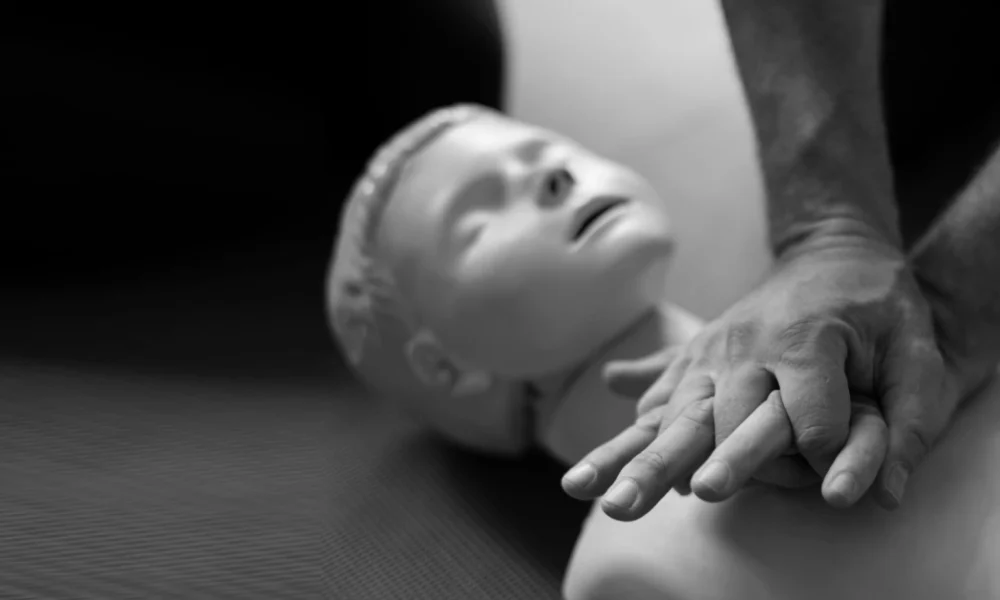
How CPR Certification Enhances Personal and Workplace Safety
Emergencies can happen at any moment. A person may collapse from a heart attack, choke while eating, or stop breathing without warning. When situations like these occur, every second matters.
By learning CPR, you gain the skills that allow you to step in, stay calm, and help someone in their most vulnerable moment. This training empowers you to make a difference long before medical teams arrive.
Find out more as you continue reading.
Why CPR Certification Matters
CPR, or Cardiopulmonary Resuscitation, is a proven life-saving technique that can double or even triple a person’s chance of surviving a cardiac emergency. Many people underestimate how important certification is until they witness a crisis firsthand. When you complete CPR training, you gain the confidence needed to respond without hesitation.
You understand how to check for breathing, how to perform chest compressions, and how to maintain your focus when others around you may panic. Being certified also means you can provide immediate help while waiting for first responders, which is often the most critical period of an emergency.
Another benefit of certification is the sense of purpose and connection it can bring. Many people who train in CPR meet others who care deeply about safety, health, and community support. These shared goals can lead to new friendships and professional relationships.
In workplaces, CPR training shows that the company values safety and preparedness. Employees who are trained become part of a team that is ready to protect each other. This can improve morale, reduce fear in emergencies, and support a stronger sense of unity.
What You Learn During CPR Training
The course helps you recognize the signs of distress and understand how to take charge when someone is in danger. You learn how to respond to heart attacks, choking incidents, and sudden collapses.
You also learn how to use an Automated External Defibrillator, or AED, a device that delivers a controlled shock to help restart the heart. This tool is found in airports, schools, offices, gyms, and many public places. Knowing how to use it can be life-saving.
Many CPR programs also include basic first aid. First aid training shows you how to treat cuts, manage bleeding, support someone who has fainted, and stabilize injuries until professional help arrives.
How CPR Certification Helps Workplaces
A workplace where employees are trained in CPR is a safer place for everyone. When more people know how to respond in an emergency, the chances of quick and effective action rise. This can lower the risk of serious injury and may even save lives.
It also creates a calmer environment because employees feel prepared rather than helpless. Many teams use online resources such as MyCPR NOW to learn these skills in a flexible and accessible way. When companies support this kind of training, they show strong leadership and a true commitment to safety.
Empower Yourself Through CPR Certification
Choosing to become certified is an investment in safety, confidence, and personal growth. The skills you gain can make the difference between life and death. By taking the time to learn CPR, you prepare yourself for emergencies that may happen when you least expect them.
